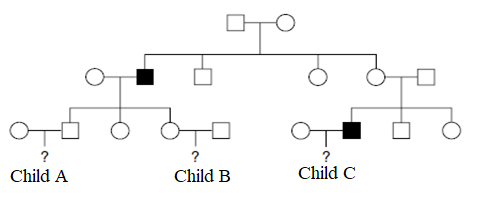TLS Online TPP Program
More Questions
TLS Online TPP Program
#Question id: 26943
#Unit 10. Ecological Principles
Population growth for periodic breeders showing initial population size 100, R0=1.2 and t=3, then calculate the population size after time t?
TLS Online TPP Program
#Question id: 26942
#Unit 10. Ecological Principles
J-shaped population growth curves are represented by which of the following population growth models?
TLS Online TPP Program
#Question id: 26941
#Unit 10. Ecological Principles
Which of the following population growth model represent the S-shaped growth curve?
TLS Online TPP Program
#Question id: 26940
#Unit 10. Ecological Principles
There are some given models which are involved in the population growth, except?
TLS Online TPP Program
#Question id: 24578
#Unit 10. Ecological Principles
if ecologists count the number of birds after a year is 150 in the same population which have the finite rate of increase will be 1.5. Calculate the initial population size of given population?
TLS Online TPP Program
#Question id: 24576
#Unit 10. Ecological Principles
The birth of 100 cockroaches to a population of 1,000 would represent a birth rate. Similarly, the death of 50 cockroaches in a population of 1,000 would be a death rate, d, per individual per week. Calculate the rate of change in a population per unit time ?

